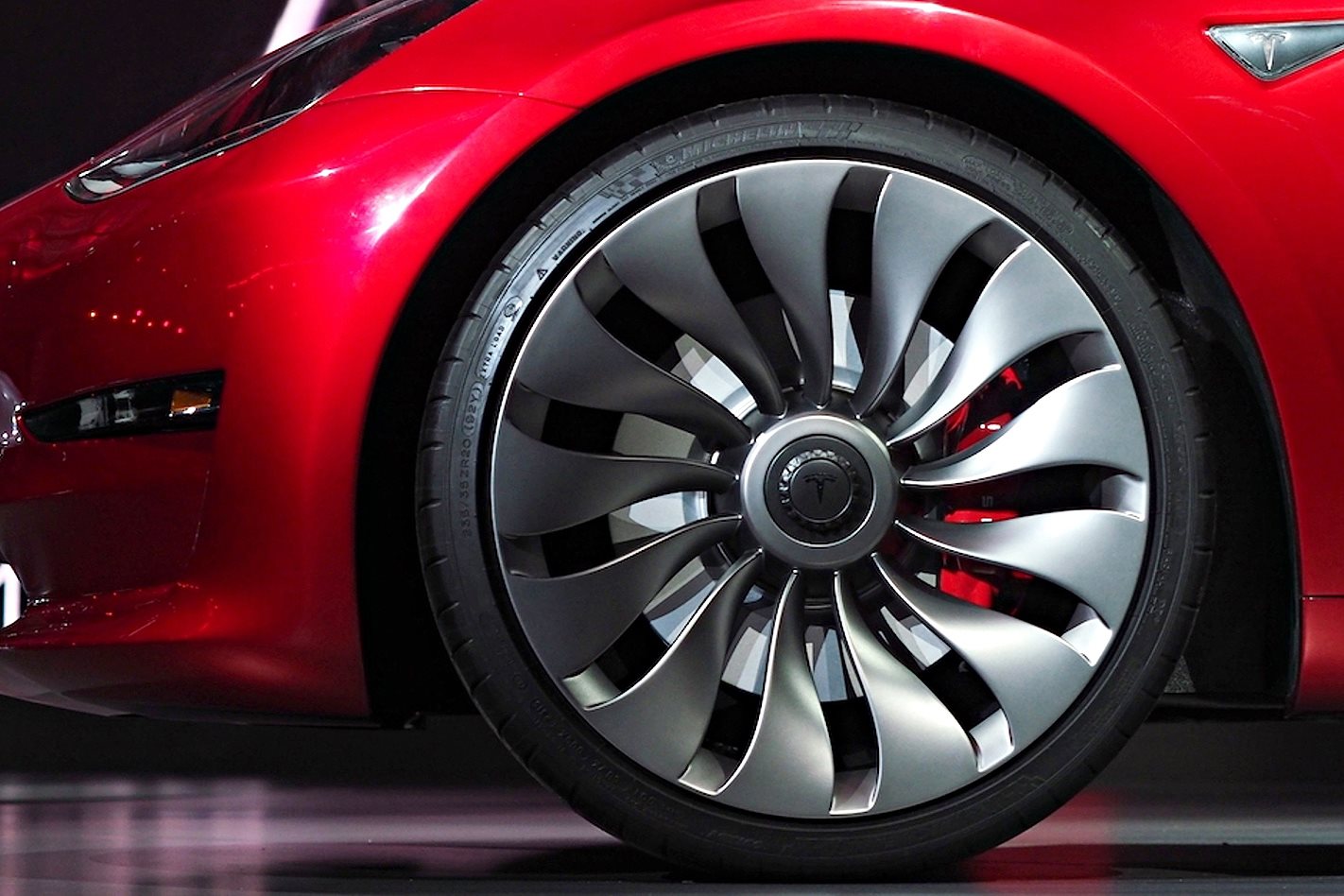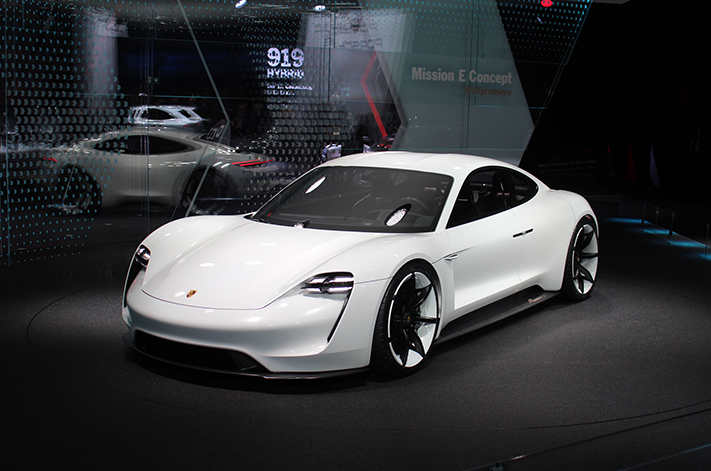
Tyre companies have had to rethink the ideal tyre for battery-electric cars, and it has nothing to do with their high-torque and instant acceleration, according to Michelin.
The French tyre maker supplies tyres to Tesla and is working with Porsche on the Taycan, and its worldwide head of science and innovation communication, Cyrille Roget, says there’s no difference between powerful EVs and high-powered combustion-engine cars when it came to tyre performance and wear.
“We started long time ago to work with Tesla on that and there was a question about ‘are electric cars more penalising than normal cars in terms of torque and are they wearing faster than the other cars’?

“So what we did was compare tyres worn on the most popular Tesla in America and we compared that in the US with cars like Corvette and Mustang, which had the highest horsepower. We couldn’t find any difference.”
Roget says any powerful car will wear tyres quicker when pushed, regardless of its powertrain, but revealed the main consideration then designing rubber for EVs was road noise.
“What you need for an electric car is a tyre that is quieter because you don’t have the noise of the engine, so we need comfort and noise, that’s the main difference to a normal car.”
Another benefit of quieter tyres is they require less rolling resistance which means they require less power to keep them rotating that increases battery range.
Extreme performance tyres
Michelin is also working at the extreme end of performance to produce a tyre capable of taking cars to the magic 300mph milestone, or 483km/h.
Roget says the speed itself isn’t the biggest hurdle for a tyre capable of taking the likes of the Bugatti Chiron or Hennessy Venom F5 to smash the all-time production-car speed record of 447km/h set by the Koenigsegg Agera RS in 2017.
“We have technology to develop high speed tyres, because we have been working on aircraft. We have military aircraft tyre specifications, and we had been working on the space shuttles, so we know how to build a high-speed tyre.
“It’s not that complicated. The challenge is making it light enough.”




